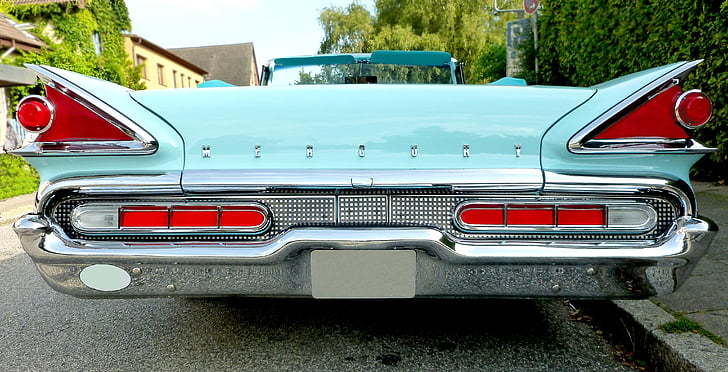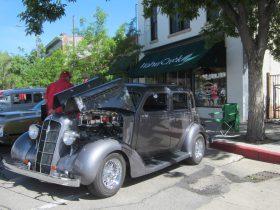

From their invention in the late 19th century to their modern incarnation, classic car brake systems have undergone incredible evolution to meet their increasing technological requirements. Over the years, as design goals and safety standards have shifted, the technology behind car brakes has had to keep up with the times. This article will explore the remarkable history behind the development of classic car brake systems.
Early Cars and Their Brake Systems
The first cars had rudimentary braking systems that used band brakes and one-wheel brakes. Band brakes, which date back to the 1880s, used a leather or canvas belt and wheel pulleys that stretched around the wheels. When the driver applied the brakes, the belts would tighten, causing the car to slow down. This type of brake system, while effective, was unreliable and easily damaged.
One-wheel brakes, which appeared in the early 1900s, used a lever and a spring-loaded plate. When the driver applied the brakes, the plate would press against the wheel’s rim, causing it to slow down. While this was an improvement over band brakes, it had its own issues. For starters, one-wheel brakes only worked on one wheel, making them ineffective on turns.
The Emergence of Hydraulic Brakes
In the 1920s, the invention of hydraulic brakes revolutionized classic car braking systems. Instead of using a lever or a belt, hydraulic brakes used a fluid to transfer brake pressure to the wheels. Hydraulic brakes were much more reliable than their predecessors and had the added advantage of being able to be used on all four wheels. In addition, because hydraulic brakes gave drivers more control over their vehicles, they allowed cars to be driven at much higher speeds.
The Evolution of Disc Brakes
In the 1950s, disc brakes began to take the place of drum brakes. Disc brakes used a disc that would spin along with the wheel. When the driver applied the brakes, the disc would press against the wheel, causing it to slow down. Disc brakes were superior to drum brakes because they were less prone to fading and had higher heat resistance. This made them more reliable and safer.
Modern Braking Systems
Today, modern cars use a combination of hydraulic and disc brakes to stop their vehicles. These brakes have been refined to the point where they are incredibly reliable and offer maximum control and safety. From their primitive beginnings to their current form, classic car brake systems have come a long way over the years.
Final Thoughts
Driving can be dangerous, and brakes are one of the most important pieces of safety equipment in any car. As technology has improved over the years, so too have the brakes that keep our cars safe and reliable. From band brakes to hydraulic and disc brakes, classic car brake systems have come a long way in a relatively short period of time.













